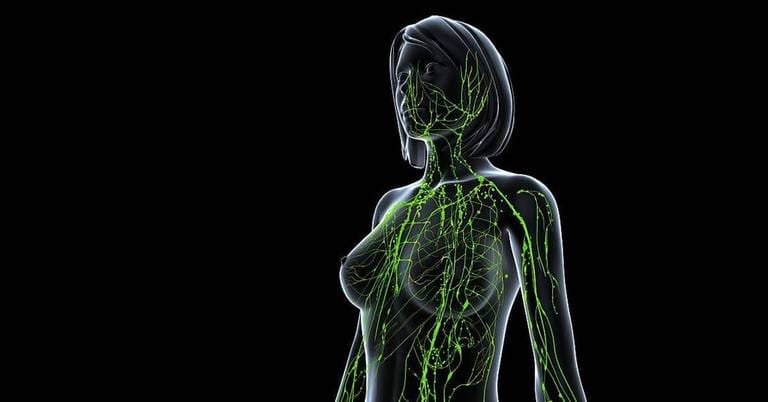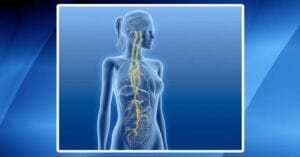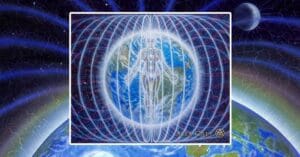Lymph is a clear fluid composed of lymphocytes and various other elements. It’s a type of connective tissue (similar to ligaments, tendons, bones, fat, and blood) that plays a vital role in the body.
The chemical composition of lymph closely resembles blood plasma: 95% water, 3.4% proteins, 0.1% glucose, and 0.9% mineral salts. The volume of lymph in the human body is 1-2 liters.
The basis of lymph is interstitial fluid formed from blood. Lymphocytes in its composition carry proteins, water, toxins, and salts. Lymph moves through capillaries, gradually merging into larger lymphatic vessels. Rhythmic contractions of these vessel walls initiate lymph flow.
The direction of lymph movement is from the periphery towards the center of the body: upwards from the arms towards the chest and upwards from the legs towards the pelvis. Lymph nodes in the elbows, beneath the knees, in the armpits, and in the groin prevent lymph movement in other directions.
Before a yoni massage, experienced massage therapists perform a general massage of the entire body.
One of the many tasks performed by such a massage is to initiate lymphatic flow in the body.
Movements for this purpose must be unhurried, slow, and smooth. If the massage is done quickly, the lymph does not have time to understand where it needs to flow.
More often, initiating lymph flow in the body involves the urinary system — after completing each stage of the massage, the individual often feels the need to visit the restroom.
It’s crucial for the massage that:
- We avoid applying excessive pressure on elbows, knees, armpits, and groin folds.
- Movements on the arms and legs are done from bottom to top, from the fingers towards the body.
Movements are executed very slowly and smoothly, without abrupt motions, and without rushing anywhere.
Other details of the massage are described in the online course about yoni massage.





